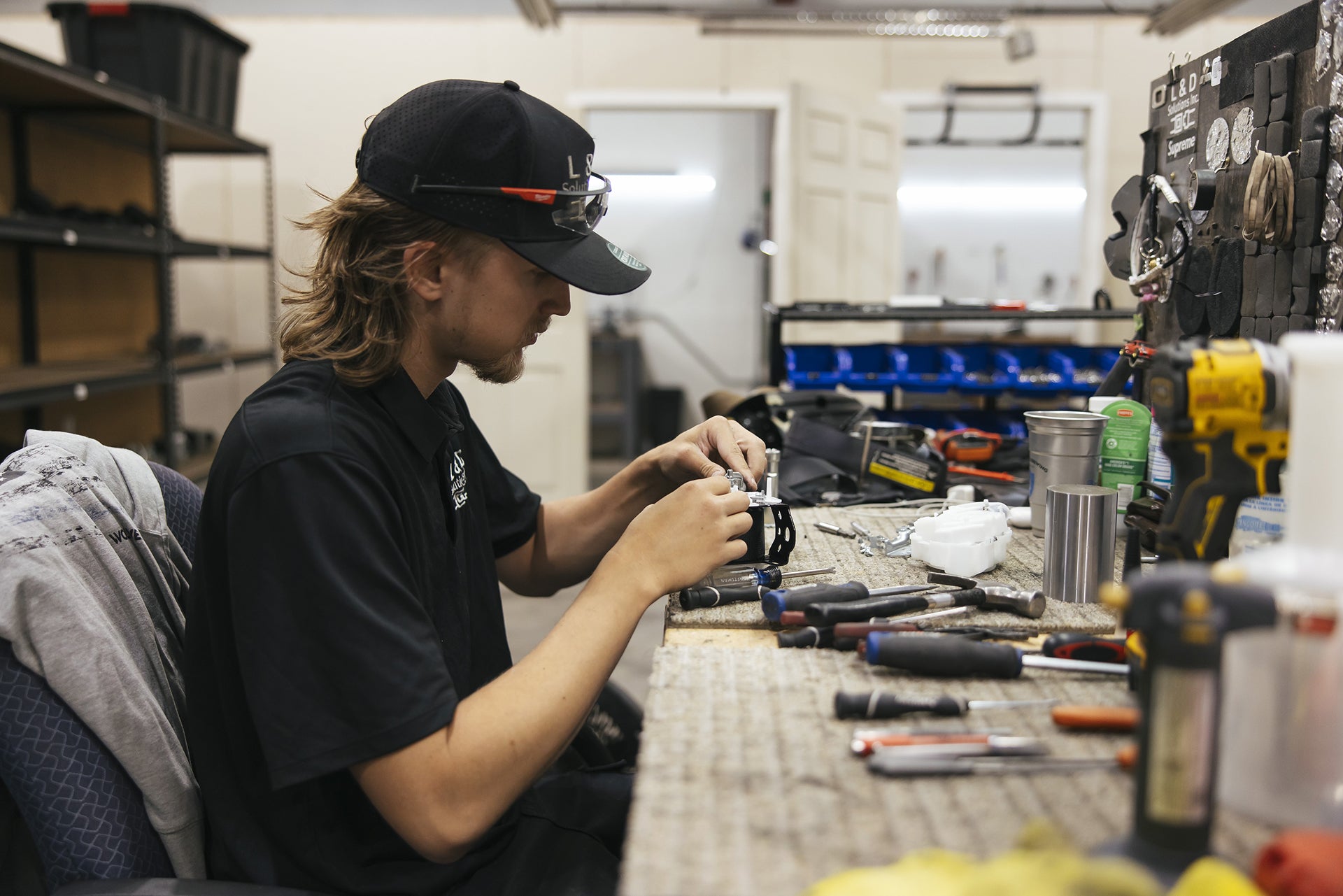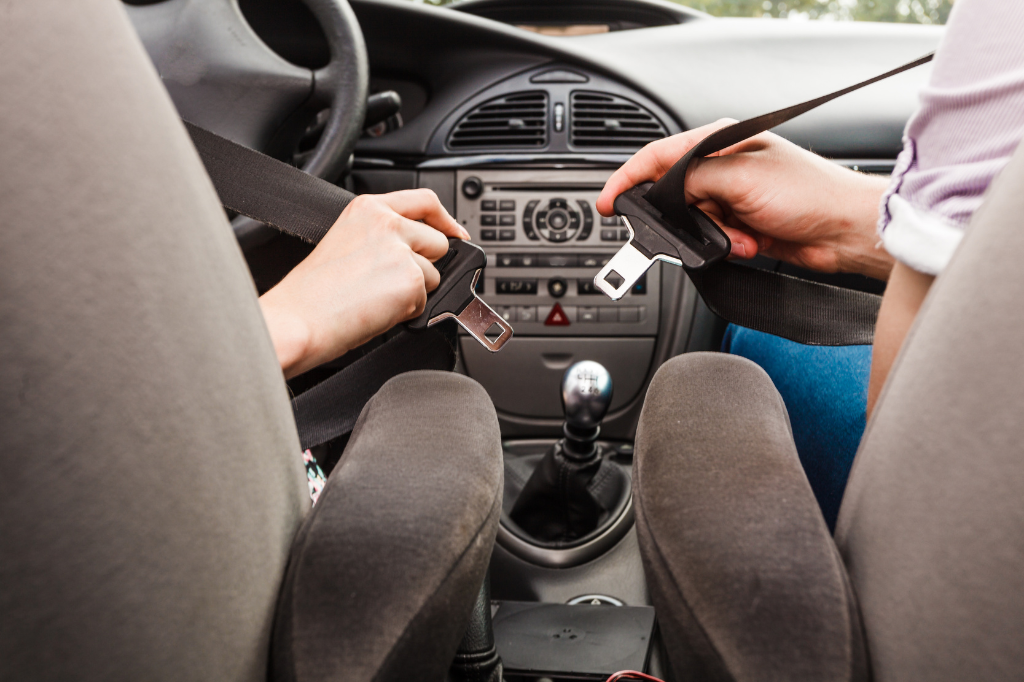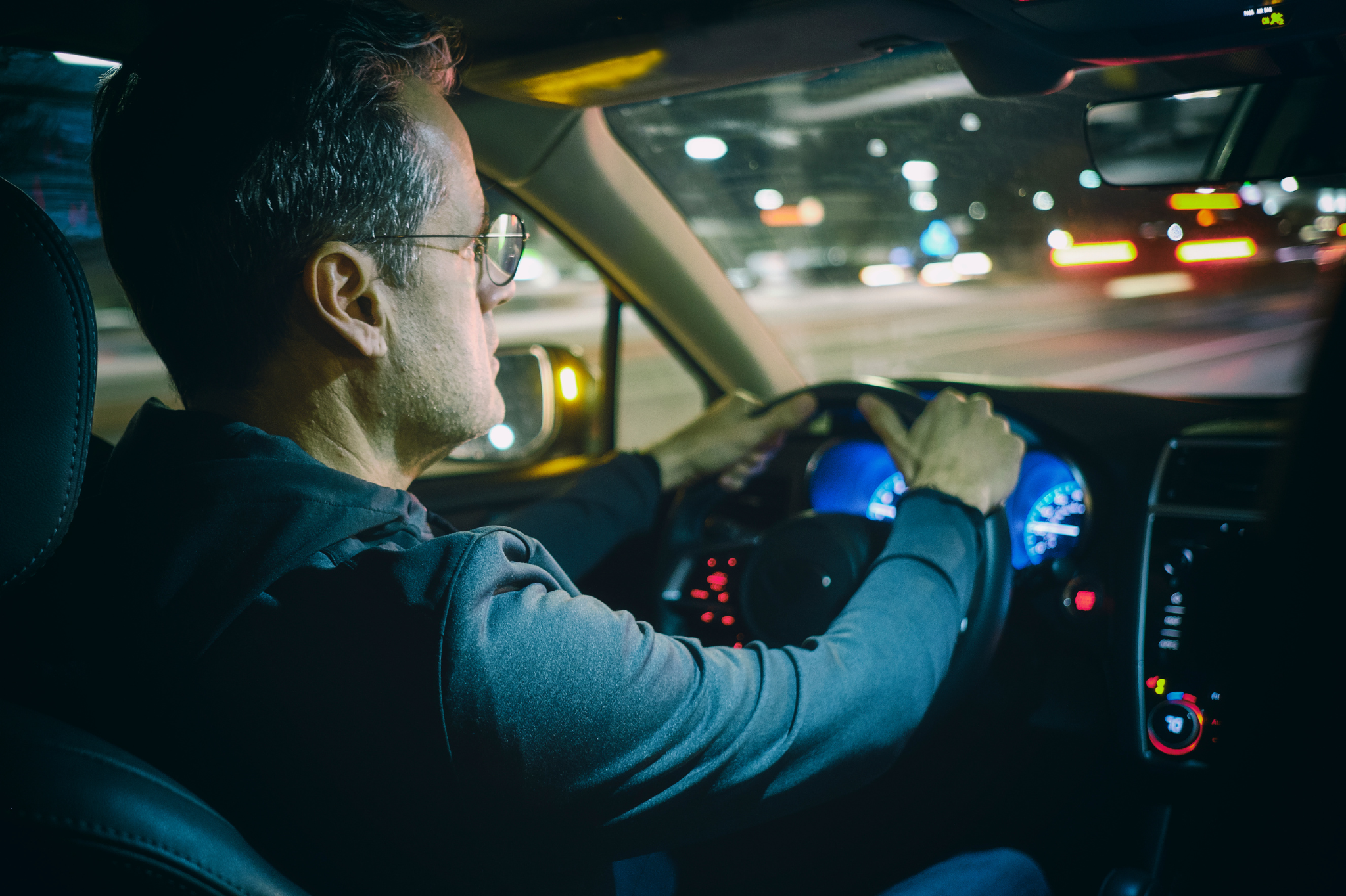Common Myths About Seat Belts and Airbags—Busted
Think seat belts are just optional “suggestions”? Or that airbags are your magic shield in a crash? Let’s talk.
You’ve probably heard a few of these lines before:
- “Airbags are all you need.”
- “Seat belts can trap you in a crash.”
- “You don’t need a seat belt if you're just driving down the street.”
Sound familiar?
I get it. These myths are everywhere—passed around like bad advice from a well-meaning uncle at a BBQ. But here’s the deal: believing these things can actually put you in danger. Let’s bust some of the most common myths wide open, so you can stay safer and smarter on the road.
🚫 Myth #1: “Airbags replace seat belts.”
Truth: Airbags are backup dancers—not the main act.
Airbags are designed to work with seat belts, not instead of them. Without your seat belt on, the force of the airbag can actually hurt you. We’re talking broken noses, bruised ribs, or worse. Think of it this way:
| Without Seat Belt | With Seat Belt |
|---|---|
| Airbag hits your body at full speed | Airbag + seat belt work together to soften the blow |
| High chance of serious injury | Drastically reduced injury risk |
| You might slide under or off the seat | You stay in place, protected |
So no, airbags aren't your superhero sidekick unless your seat belt is in the game too.
🚪 Myth #2: “Seat belts can trap you in an accident.”
Truth: Seat belts are the reason you're alive to even think about escaping.
People worry about being “trapped” by a seat belt in a crash—especially in cases like a fire or water submersion. But here’s the kicker: less than 0.5% of crashes involve fire or water. And in almost all of those cases, the seat belt actually keeps people conscious and in place—so they can escape.
You know what's harder to escape from? Being unconscious or thrown from the car because you didn’t buckle up.
🛣️ Myth #3: “I don’t need a seat belt for short trips.”
Truth: Most accidents happen close to home. Like, really close.
You’re just heading to the store. It’s five minutes away. No big deal, right?
Well, more than 50% of crashes happen within 5 miles of home. It’s not about the distance—it’s about unpredictability. Another driver, a sudden stop, a distracted pedestrian—accidents don’t wait for long road trips.
So buckle up, even if you're just grabbing milk.
🪑 Myth #4: “Seat belts can injure you.”
Truth: They can leave marks… but they save your life.
Sure, in a crash, you might walk away with a sore shoulder or a bruise across your chest. But let’s keep it real: those minor injuries are nothing compared to flying through a windshield or slamming into the steering wheel.
A seat belt distributes crash forces across the strongest parts of your body—your chest and hips. It’s not perfect, but it’s the best defense you’ve got.
👶 Myth #5: “Airbags keep kids safe in the front seat.”
Truth: Front seat + airbag = dangerous combo for kids.
Kids under 13 should always ride in the back seat. An airbag deploying at full speed can seriously injure a child, even if they're wearing a seat belt. And infants in rear-facing car seats? It’s downright deadly to put them in front of an active airbag.
If you're driving with kids, the safest setup is:
- Rear-facing seat for babies (up to age 2 or as height/weight allows)
- Forward-facing with a harness for toddlers
- Booster seat until the seat belt fits properly
- Back seat until at least age 13
💡 Final Thoughts: The Truth Always Wins
Look, I get it. We all want to feel safe, and sometimes that means believing shortcuts or old-school “rules” that just don’t hold up. But when it comes to car safety, the truth matters.
Here’s what actually keeps you safe:
- Buckling up every time, no matter how far you're going
- Keeping kids in the back seat
- Letting airbags support, not replace, your seat belt
🛠️ Need Help with a Broken Seat Belt or Airbag Issue?
If your seat belt won’t retract or your airbag light is stuck on, don’t ignore it. We specialize in OEM-quality seat belt repairs and airbag module resets—done right, fast, and affordable.




Leave a comment
This site is protected by hCaptcha and the hCaptcha Privacy Policy and Terms of Service apply.